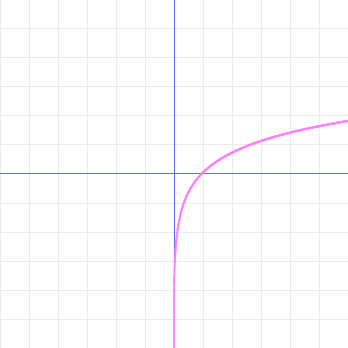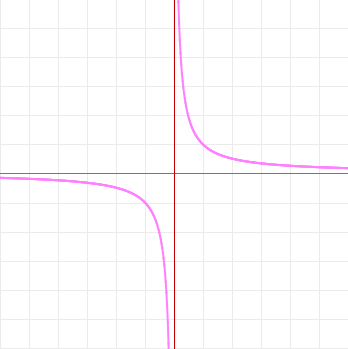Dear reader, I had wanted to tell you an anecdote about a recent incident in which I considered myself to have been outrageously mistreated, but it occurred to me that you probably would not find the story at all worthy of note. In fact, I fear you would be quite likely to think less of me for complaining in such a melodramatic fashion about something which the prevailing norms of our Society consider quite ordinary and proper. And what authority do I have to insist that it's Society that is in the wrong, and not I?
So I won't tell you. Instead, let me tell you a completely unrelated anecdote about my analogue in an alternate universe not entirely unlike our own. You see, recently, my alternate-universe analogue wanted to buy a table lamp, so he went—or let us say in a manner of speaking that I went—to a store to purchase one.
In the showroom, I found a lamp I liked, flagged down a salesman, and said to him, "I'd like to buy this lamp."
"Have you previously purchased a side table from us before?" he said.
"No," I said, somewhat puzzled by the seemingly irrelevant question.
"Well, you can't buy a lamp unless you already have a table to put it on," said the salesman in a tone of polite condescension.
"Oh, I certainly agree that it simply wouldn't do to get a lamp without having a table to put it on," I said, "but you see, I already have a table."
"So you did buy a table from us."
"No," I said.
"So you don't have a table."
Continue reading →





